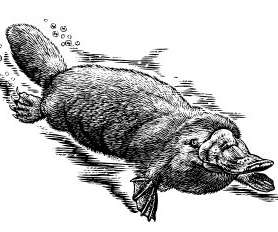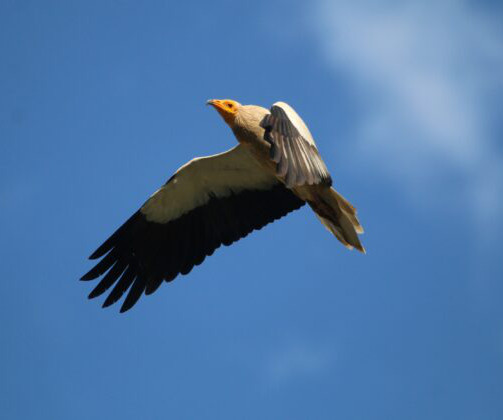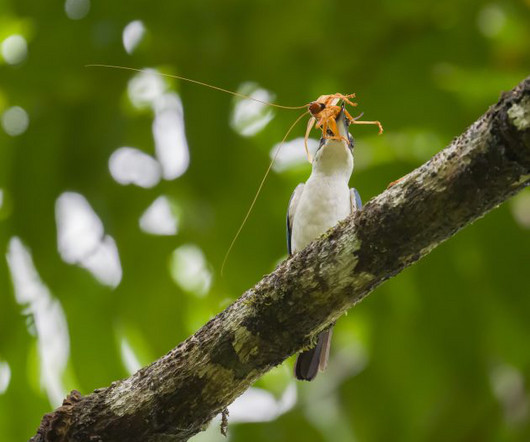Sentient: a book review
10,000 Birds
APRIL 22, 2022
The subtitle of Jackie Higgins’ book Sentient: How Animals Illuminate the Wonder of Our Human Senses , aptly sets forth her thesis – though the “wonder” it refers to could equally well be used to describe animal (not just human) senses, as she shows in fascinating detail.


















Let's personalize your content